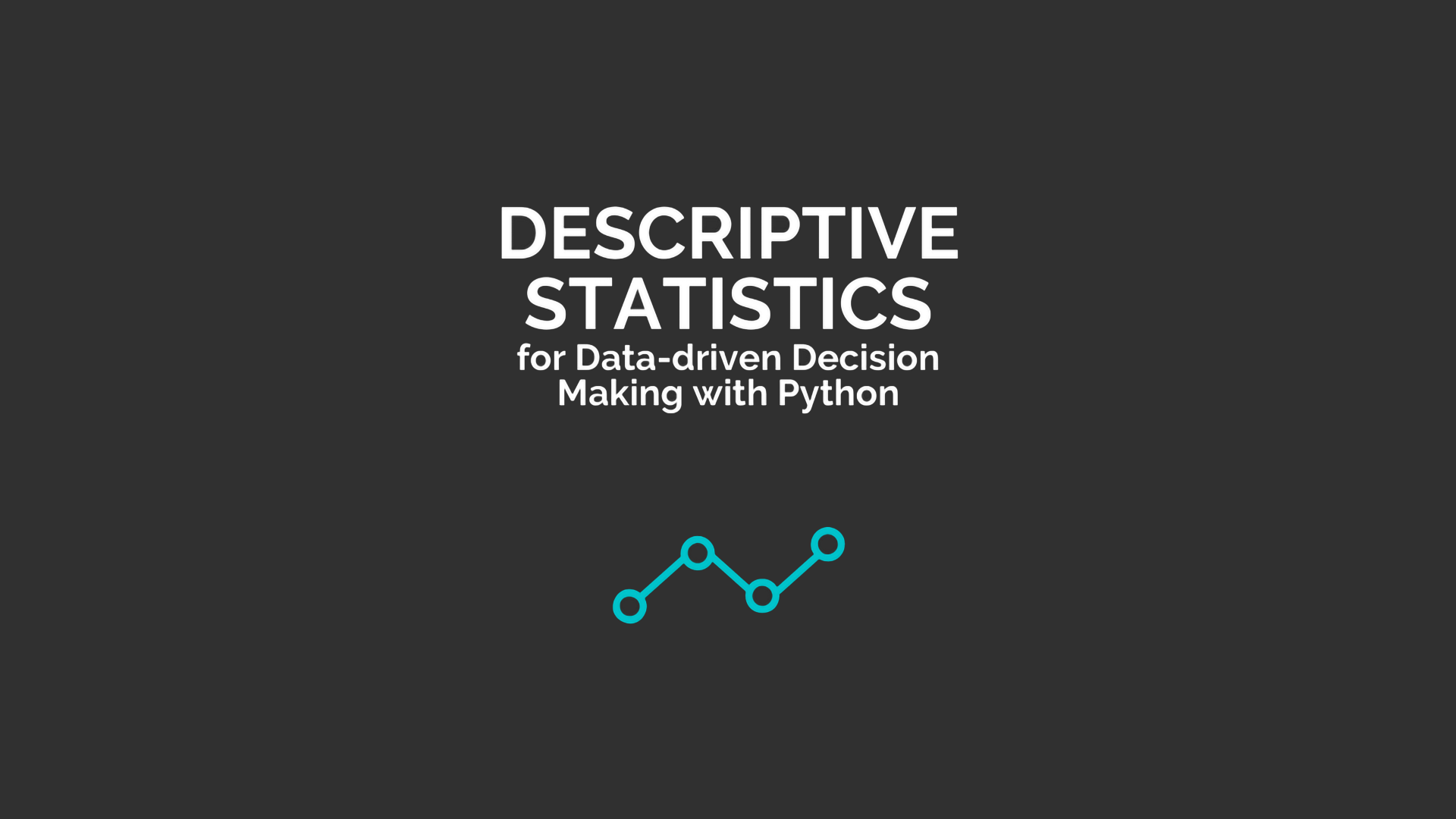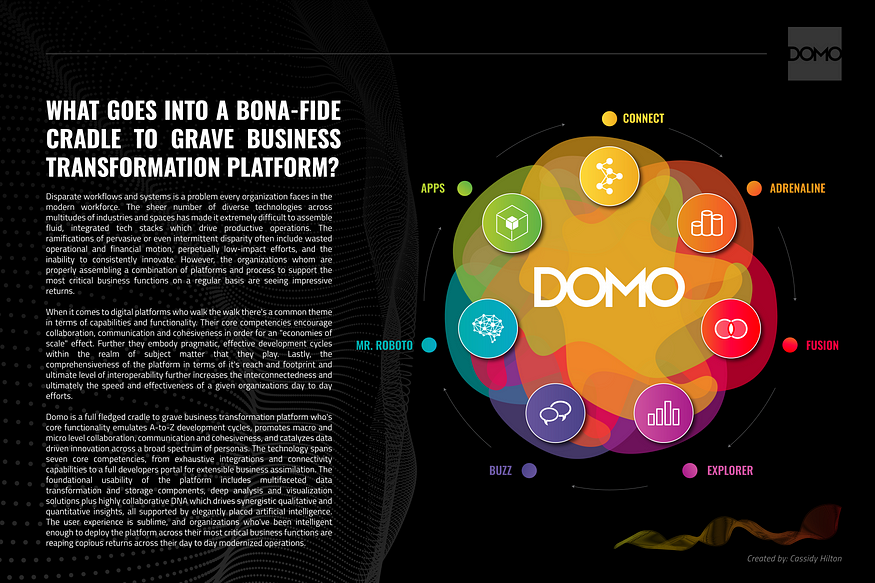
Fine-Tuning an LLM to Predict the Rental Value of a Dwelling
Last Updated on April 26, 2025 by Editorial Team
Author(s): Tomer Gabay
Originally published on Towards AI.
How Large Language Models can be used for regression tasks.
In the Netherlands, we have rules that determine the maximum rent allowed for a dwelling based on its properties and quality. These rules are quite complex and can be found on the Huurcommissie's website.
We’ve built an open-source Python package to calculate the amount of points a house is worth based on these rules: woningwaardering.
woningwaardering means “home valuation” and it is a point system in which a dwelling is awared points based on its properties and qualities. The maximum rent for a dwelling is directly related to the amount of points it is awared.
Ed Donner fine-tuned a Llama-3.1–8B model to predict Amazon product prices based on their descriptions. This inspired me to try to predict the points of a dwelling based on its description, instead of using our own woningwaardering package.
At the social housing organisation I work, Woonstad Rotterdam, we have lots of data about our 60,000 dwellings. We’ve implemented data quality checks to determine which dwellings have near-perfect quality data using our open-sourced pyspark-testframework package. Of our ~50,000 self-contained dwellings, ~25,000 have a near-perfect data quality.
Even though the data quality of these 25,000 houses is very good, there are still limitations to the dataset. For example, we don’t… Read the full blog for free on Medium.
Join thousands of data leaders on the AI newsletter. Join over 80,000 subscribers and keep up to date with the latest developments in AI. From research to projects and ideas. If you are building an AI startup, an AI-related product, or a service, we invite you to consider becoming a sponsor.
Published via Towards AI
Take our 90+ lesson From Beginner to Advanced LLM Developer Certification: From choosing a project to deploying a working product this is the most comprehensive and practical LLM course out there!
Towards AI has published Building LLMs for Production—our 470+ page guide to mastering LLMs with practical projects and expert insights!

Discover Your Dream AI Career at Towards AI Jobs
Towards AI has built a jobs board tailored specifically to Machine Learning and Data Science Jobs and Skills. Our software searches for live AI jobs each hour, labels and categorises them and makes them easily searchable. Explore over 40,000 live jobs today with Towards AI Jobs!
Note: Content contains the views of the contributing authors and not Towards AI.














